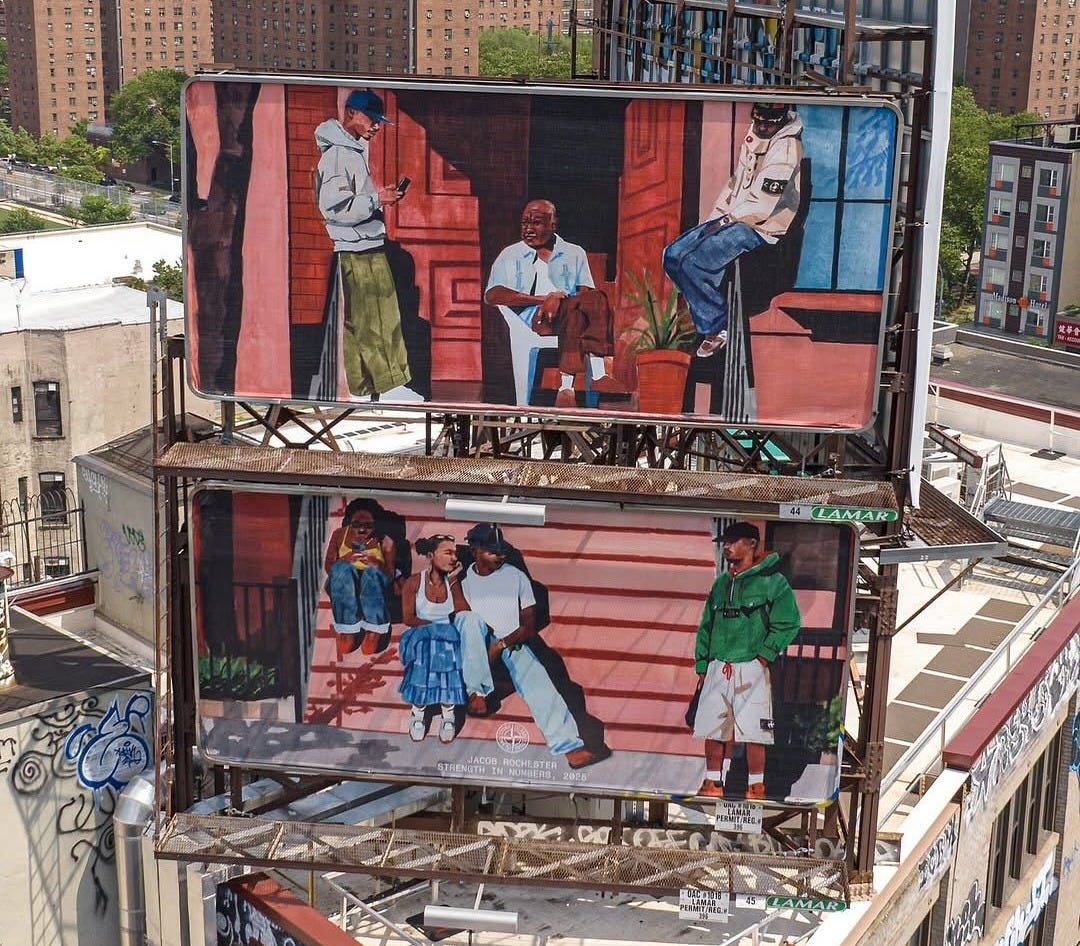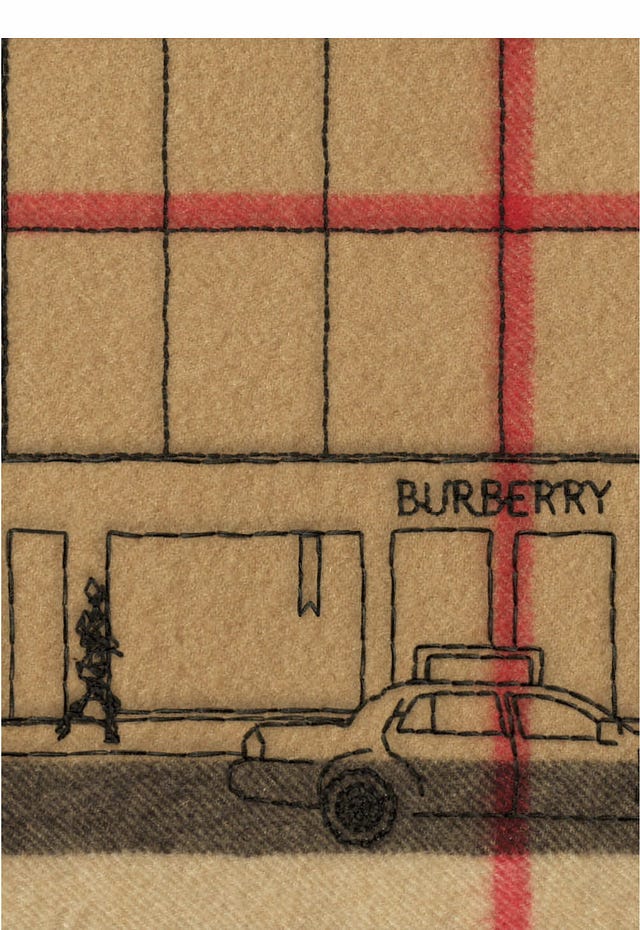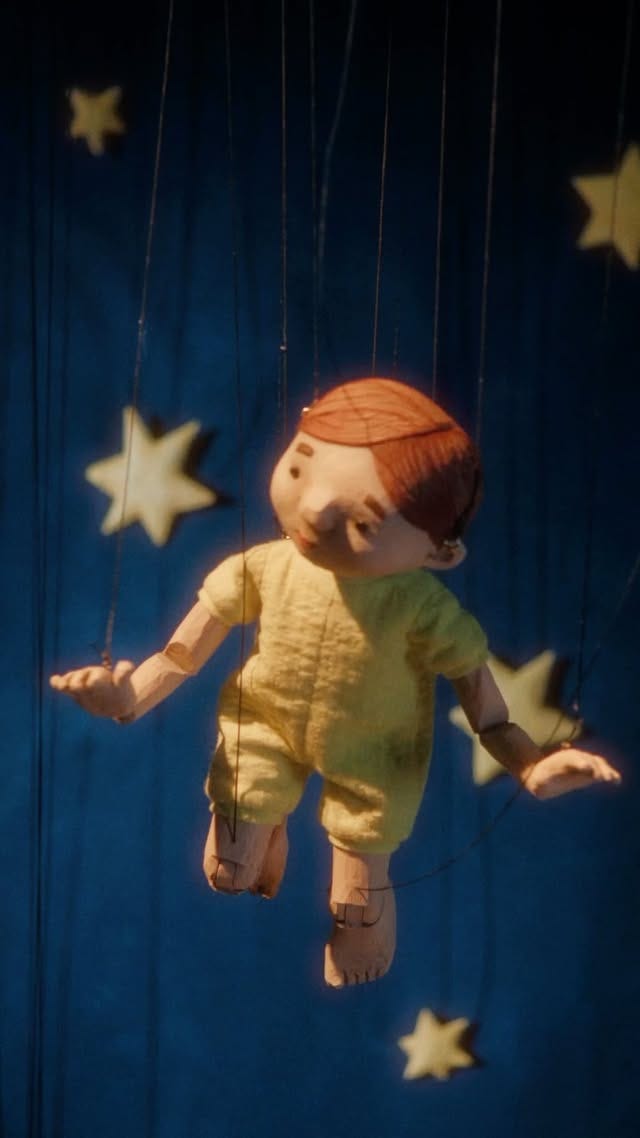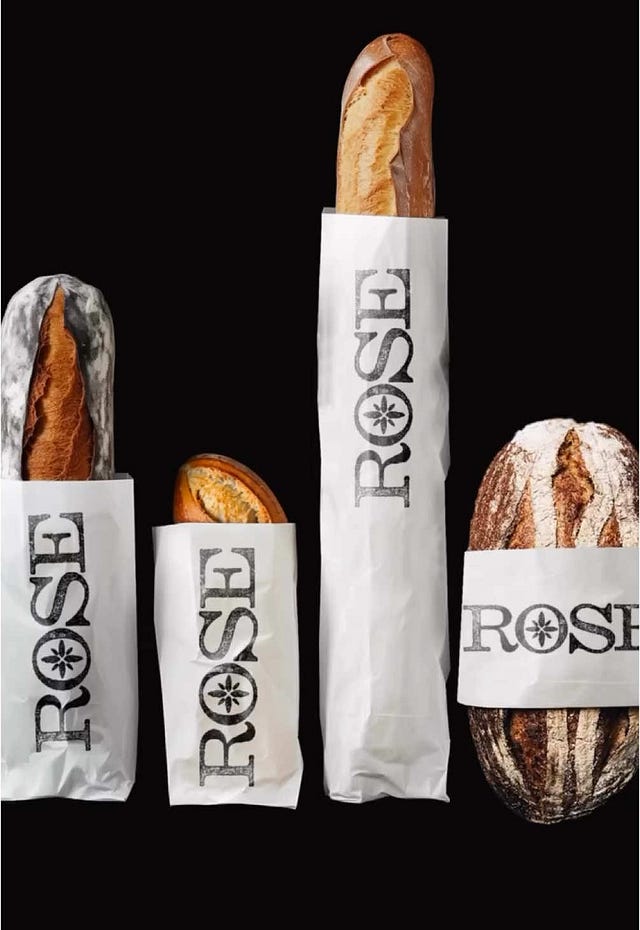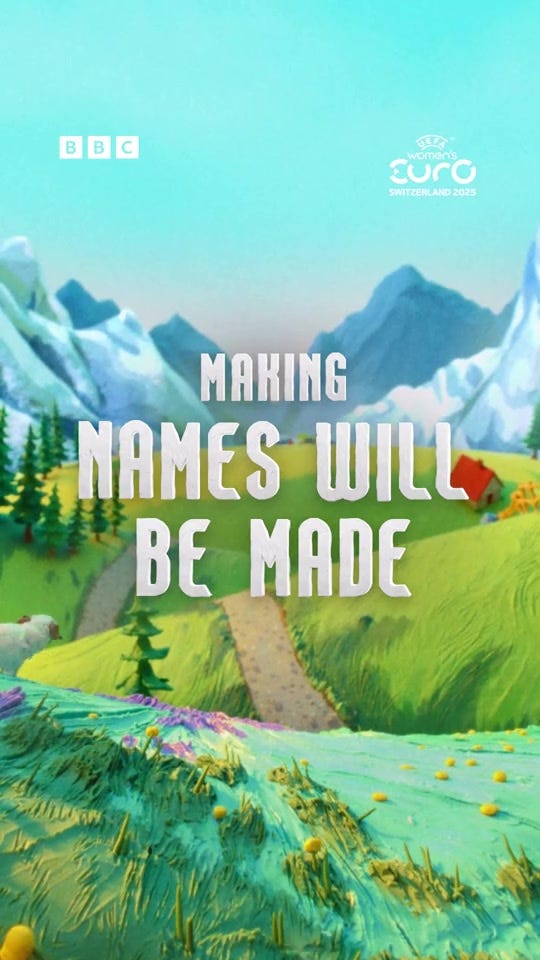In a feed increasingly shaped by generative AI and algorithmic sameness, a shift is happening: the return of craft. This time, it isn’t about nostalgia or analog aesthetics – think film cameras, vinyl or even older iPhones making a comeback for the past few years. It’s a performative act. Amid a landscape of hyper-optimized, polished production, brands are leaning towards handmade techniques, turning craft into a label of distinction and credibility.
While platforms like Meta are trying to keep some grip on what’s real and what isn’t through the introduction of “Made with AI” labels, IRL effort and craft stand out like proof of life, the last cues keeping us from fully buying the infamous Dead Internet Theory.
1. Fighting the slop: craft as a symbolic resistance against AI monotony
There’s nothing new about the fact that AI-generated ads are posing a threat to entire creative pipelines, from art direction to production. Even Mark Zuckerberg sent an alarming signal in a recent interview by openly outlining Meta’s plan to automate creativity out of the system:
“You don’t need any creative. You don’t need any targeting or demographics. You don’t need any measurement, except to be able to read the results that we spit out.”
What we’re witnessing isn’t just a shift in tools, it’s a shift in values where efficiency replaces creativity. At best, we get cheap, lazy and soulless slop content. At worst, it’s the slow erasure of human-crafted production. And that’s exactly where handcrafted content comes in as a deliberate counterpoint to the flood of forgettable, low-effort AI-generated content. You see it in the comments on videos like Chamberlain Coffee’s animation behind-the-scenes, where reactions like “AI COULD NEVER” accumulate hundreds of likes.
In this context, craft becomes more than a method, it’s a symbolic act of resistance, and a way for brands to truly stand out in the feed.
2. Imperfect by design: texture, flaws, and irregularity as a creative flex
When everything looks immaculate, perfection stops being impressive. Hence brands lean into the opposite – turning craftsmanship into a creative demonstration, ostensibly showing the imperfection of the human-made: a way to legitimize their work and signal the time, money, and expertise it takes to make something truly elevated.
In Loewe’s hand-carved puppet short film, the visible strings aren’t hidden, they’re part of the charm. The slight awkwardness isn’t something to fix, it’s enhancing creative distinctiveness and appeal. What once would’ve been edited out now becomes part of the language.
 Tiktok failed to load.
Tiktok failed to load.Enable 3rd party cookies or use another browser
Rose Boulangerie, a Canadian bakery, took the idea even further by printing its identity using loaves of bread. The result is a rough, irregular, and one-of-a-kind branding, and what makes it genuinely stand apart isn’t just the visual impact, but the deliberate use of process as a message.
It’s not about imperfection only for aesthetic’s sake, but a show of force, a performative gesture rooted in asperity and intent. When creation is easy to fake, imperfections feel more trustworthy, more alive, more human.
3. All hail the artist: giving craft its creative edge
Craft alone no longer cuts it. When an aesthetic can be mimicked, what truly gives weight to a project is the presence of an artist, someone whose name evokes years of cultivated skill and a singular creative world.
In today’s collaborations, the artist isn’t invisible anymore, it brings true legitimacy and “craft cred” to the final result. Whether it’s @andreaanimates bringing Ralph Lauren’s world to life through delicate wool stop-motion, or @zooboyxd molding clay for skate brand EC Melodi, brands go beyond borrowing a vibe or a skill, they tap into the artist’s distinctive style.

 Tiktok failed to load.
Tiktok failed to load.Enable 3rd party cookies or use another browser
And even when digital, the intent can be felt. Alice Bloomfield’s animation for Mango isn’t about traditional craft, but it’s built frame by frame, with a strong illustrative style. Her own TikTok breaks down the process: sketch, vector, animate, texture. The trace and name of the artist form an integral part of the narrative.
By collaborating with real artists, brands build bridges with people and communities that value skill, time and creative work. The making-of becomes part of the story, like BBC Sport’s behind-the-scenes spotlighting the handcrafted process, and the artist, an extension of the brand’s voice as seen with the praised Stone Island campaign with the artist Jacob Rochester.
All of it becomes an ode to artistry, where the process holds more weight than the result itself, and everything builds up to one thing: the visible presence of the people behind it.
WHAT DOES THIS SIGNAL FOR BRANDS?
Craft is the message.
When content can be generated in seconds and polished to algorithmic perfection, evidence of human involvement is becoming the new marker of value. Craft isn't just a technique, it's a sign of distinction. A way to prove care, means and elevated taste.
How to let that message come through? Some creative blueprints:
1. Show the making, not just the made.
Make the process part of the product. Reveal early drafts, sketches, physical gestures, anything that proves time, care and intentionality. In a context of effortless content, effort becomes a statement.
2. Make imperfection the point.
Turn flaws into features. Texture is a creative advantage in a world where AI makes things perfectly flat and eerily smooth. Rough textures, asymmetries, and unpolished gestures carry the warmth of human effort. In a feed smoothed by filters and generative AI, imperfection doesn’t simply feel real, it feels refreshing and distinctive.
3. Let the artist sign the work.
Highlight the creative team and the maker, their name, face, or style should become part of the campaign. Show their tools, let their world seep into the campaign. Showing the hand behind the work and letting people connect with the artist and not exclusively the finished asset creates a more meaningful relationship, not just with the work, but with the brand behind it.



